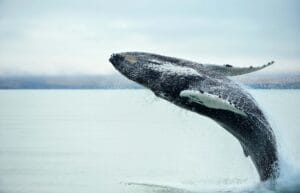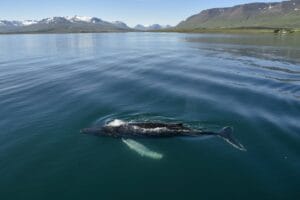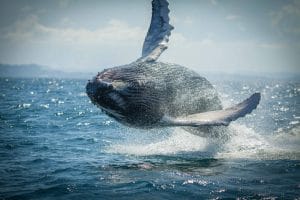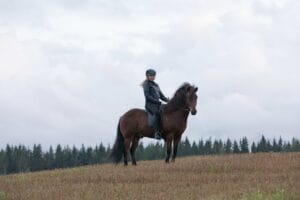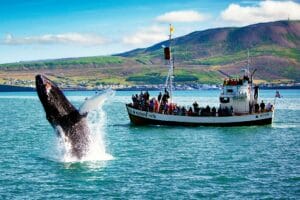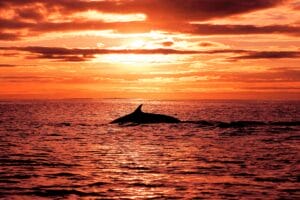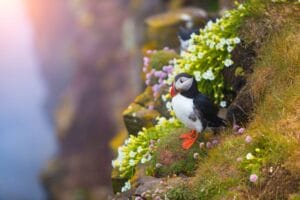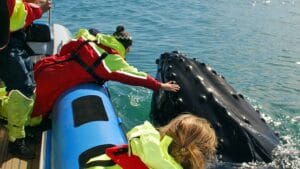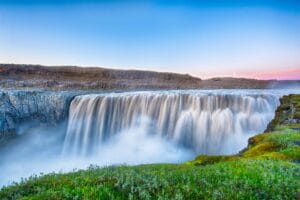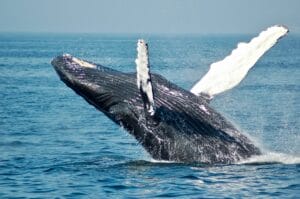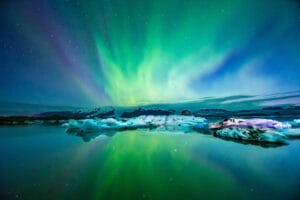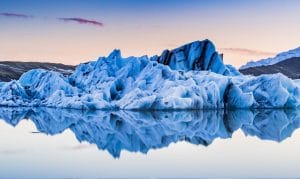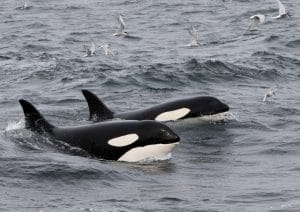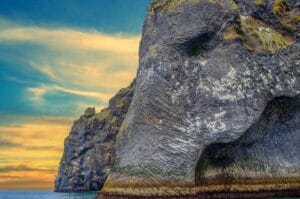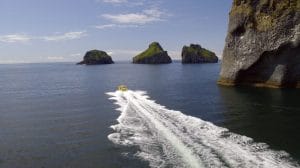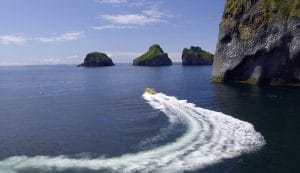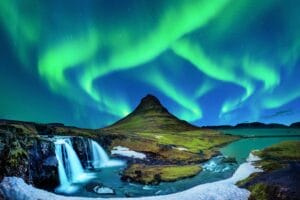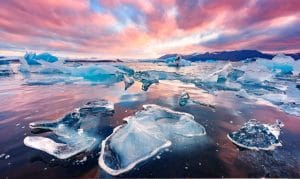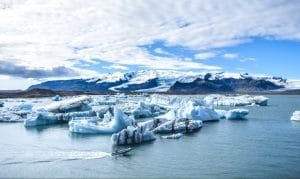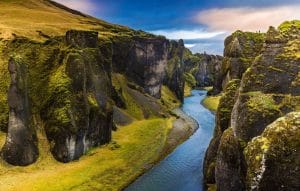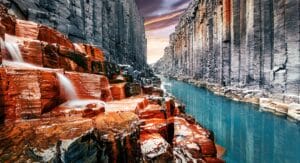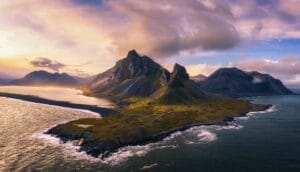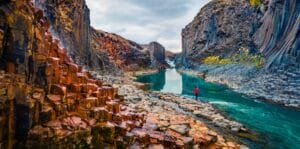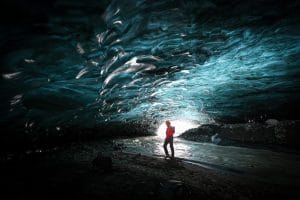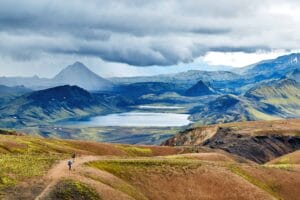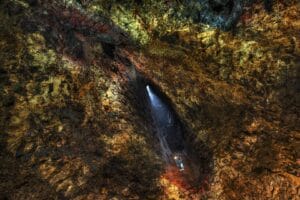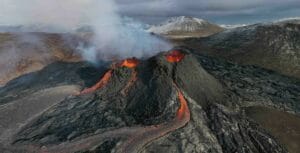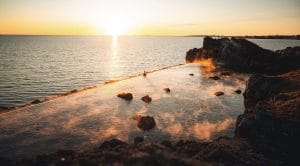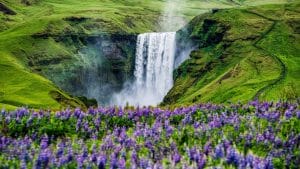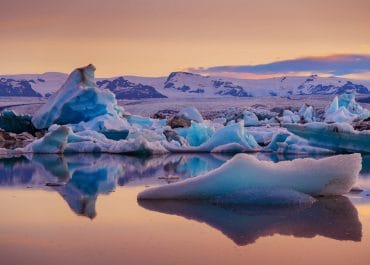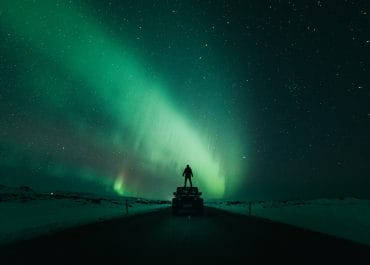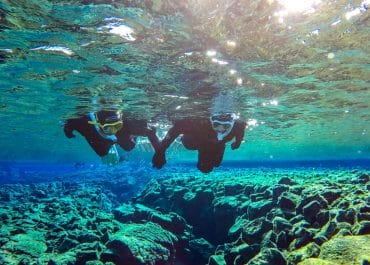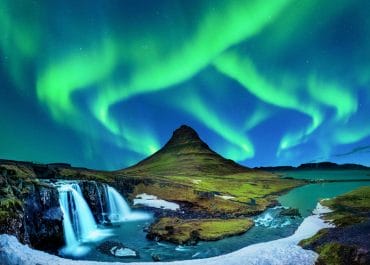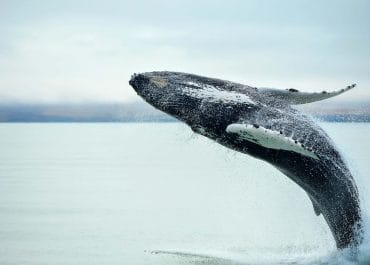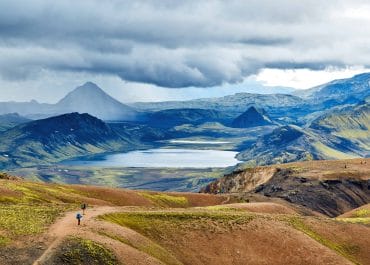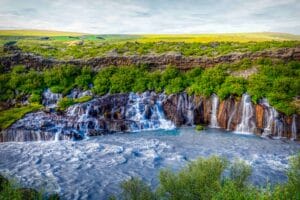Iceland in August presents a captivating tapestry of natural beauty and outdoor adventures. As summer reaches its peak, the landscape transforms into a kaleidoscope of vibrant colors. The days are long, with almost continuous daylight, providing ample time to explore the country’s diverse attractions.
August is an ideal time to witness Iceland’s unique flora in full bloom, from the vibrant lupines decorating meadows to the moss-covered lava fields. The weather tends to be milder, making it more comfortable for outdoor activities like hiking, exploring waterfalls, and taking road trips along the stunning Ring Road.
One of the highlights of Iceland in August is the increased chance of spotting the elusive Northern Lights at the end of the month. Although the aurora borealis is more commonly associated with winter, early signs of its return begin to appear in the late summer sky, creating magical moments for those lucky enough to catch a glimpse.
The month also offers opportunities for unique cultural experiences, with various festivals and events celebrating Icelandic music, arts, and traditions. From the dynamic city life of Reykjavik to the tranquil beauty of the countryside, Iceland in August beckons travelers with its unparalleled landscapes and the promise of memorable, sunlit adventures.
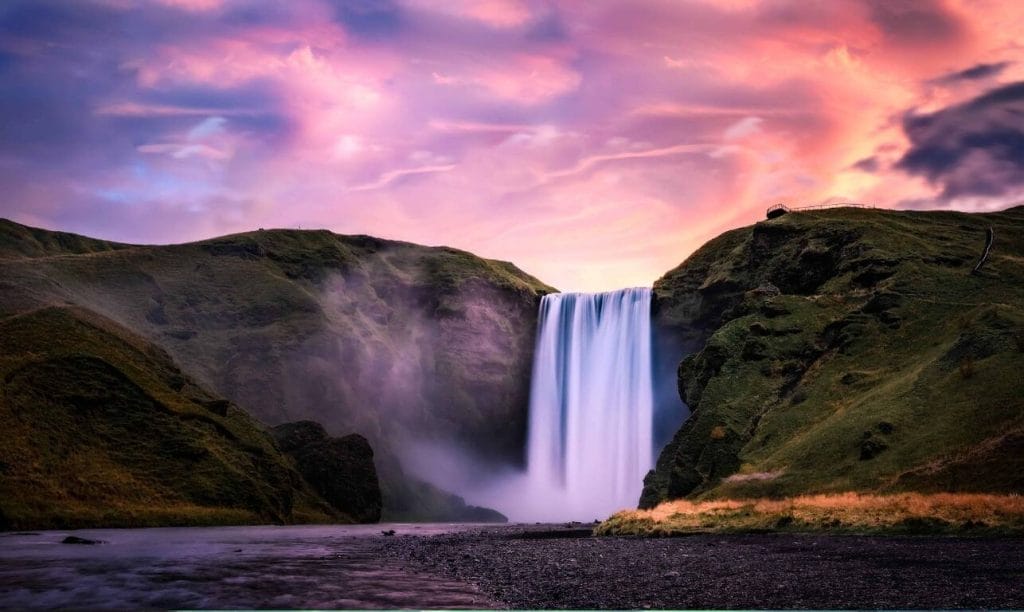
Iceland Weather in August
Even though August is one of the hottest months in Iceland, the weather can still take a turn for the worse at any time. While the chances of the snowing stand rather low, rainfall and landslides in some areas are always a possibility.
Temperature
The average temperature for August ranges between 8°C to 13°C (47°F to 55°F). The hottest day recorded in Iceland is July 30th so temperature starts to fall with the arrival of August. Days are still pretty hot and you can see the locals wandering around in the streets wearing shorts and t-shirts. However, it may still feel pretty chilly for visitors from hotter areas.
Precipitation
August sees an average of 62mm (2.4 inches) of rainfall in total – one of the highest numbers received by Iceland in the whole year. It can come in any form ranging from snow, blizzard, drizzle, or heavy rain. So, you should be prepared for every situation.
Daylight Hours
There are about 18 – 14.5 hours of daylight in August. Sunrises at 04:55 AM and sets at 10:29 PM on the 1st of August making it 17 hours and 53 minutes of daylight. Sunrises 06:08 AM and sets at 08:45 PM on 31st of August which adds up to 14 hours and 36 minutes of daytime. Daylight hours significantly decrease as the end of the month arrives closer.
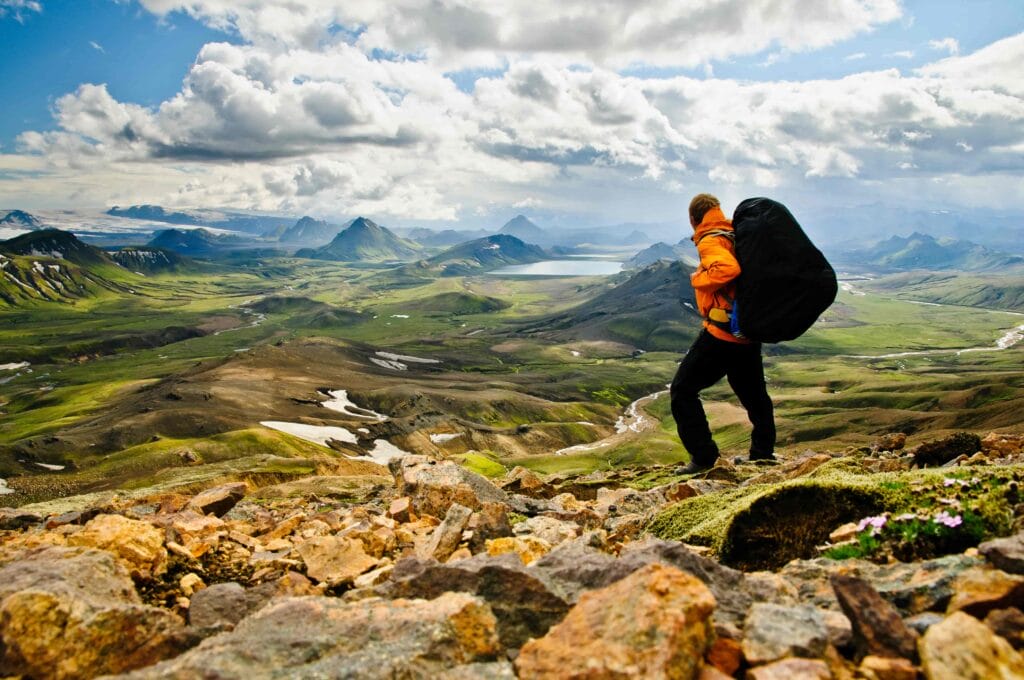
Pros and Cons of Visiting Iceland in August
August brings so many things to the plate that it is hard to pinpoint the cons of visiting Iceland this month. The warmer summer weather, midnight sun along with the northern lights in the end of the month, beautiful green highlands, and mountains creating a contrast with the still existing snowy parts, beautiful waterfalls, and the glorious festivals cover pretty much everything a great holiday package will bring to you. Although, if you are hoping to enjoy hot springs while the temperature outside is below the freezing point then August can disappoint you with its cozy warm weather.
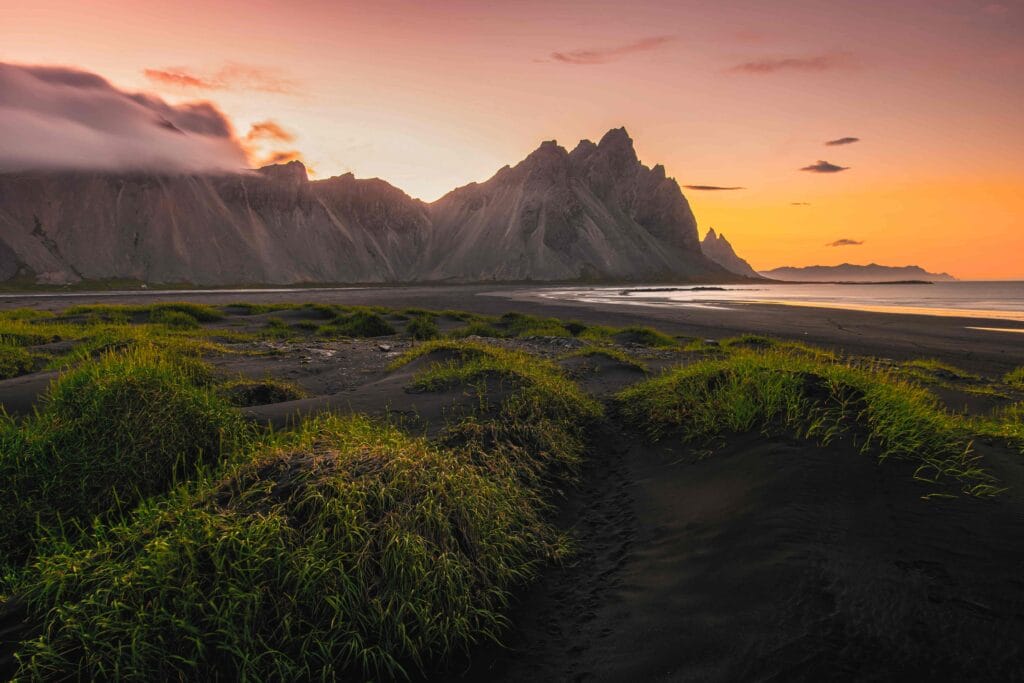
Best Self Drive Activities in Iceland in August
Things Not to Miss Out On
The Midnight Sun
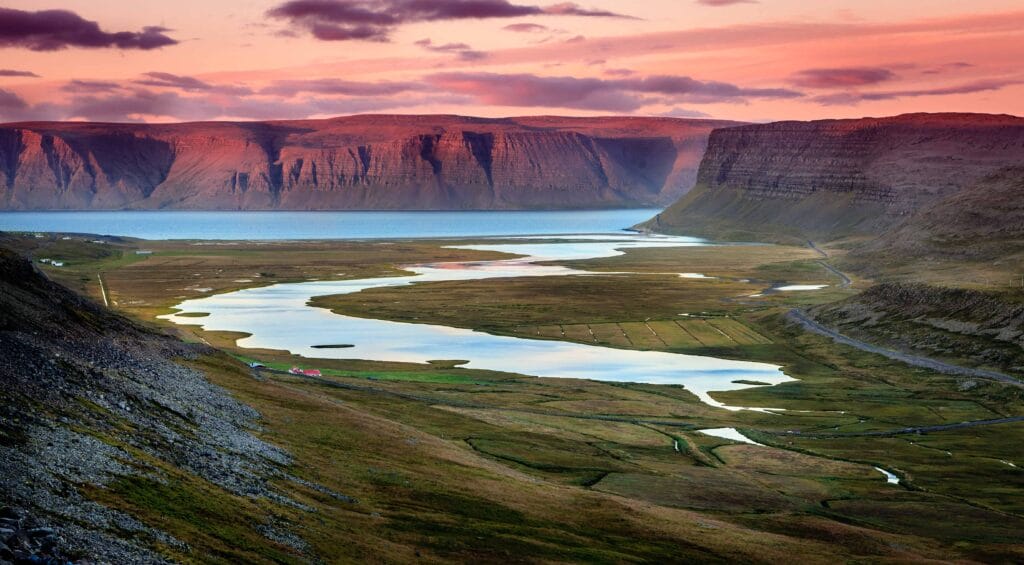
Although days are not as long as the ones in June or July, you can still spot the sun at late night hours. The beginning of the month can be seen as the days of the sun while the end brings the nightlife back to the country. Sunsets at 10 o’clock in the night so tourists can go and see the midnight sun and either come back to the hotel or get a taste of the upcoming dark hours of the day. The best way to enjoy the midnight sun is by either booking a tour with the local tour companies or by hiring a vehicle to take a drive to the countryside. While the midnight sun is visible from the city as well, you would like to enjoy the view from a mountaintop or some other natural sanctuary. Your options include going hiking glaciers, driving around the golden circle, or visiting a glacier lagoon.
The Emergence of Northern Lights
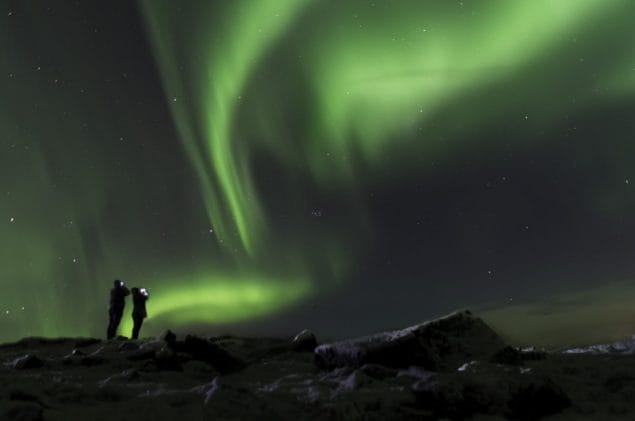
While the daylight hours are longer than the night at the starting of the month, the end brings in an ample amount of chances to witness the northern lights. August is the month that brings the start of the northern lights in Iceland. Sunsets around 8 o’clock in the evening leaving enough dark hours to enjoy the northern lights. Moving away from the city and the light pollution to a distant location is a rather good idea so that you can see the aurora properly. Northern Light tours start bookings in late august so you can have a professional tour guide booked to guide you through to the best places to enjoy the lights.
Take a Long Soothing Drive
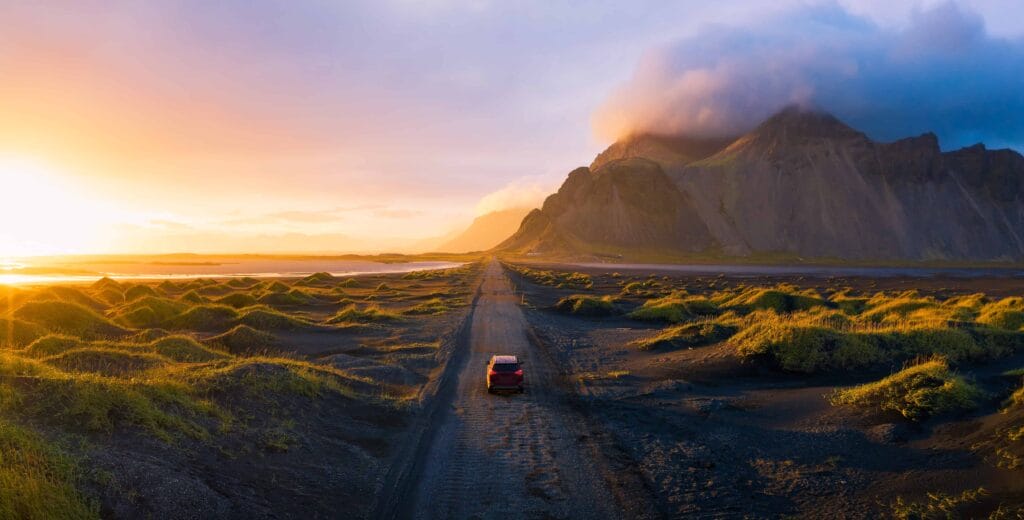
The snow-free roads and clear weather bring in the perfect weather to take a drive around the country. Along with the main road of the country – the Ring Road, many other less-traveled roads are also open in August for traveling. Most self-drive tours are taken around the ring road, the golden circle, south coast, Snæfellsnes Peninsula or the Westfjords. Tours of different lengths are available and you can choose one according to your stay plan or trip schedule. If you want to explore the land by yourself then you can rent a jeep from a local car rental and set out on your own with your companions around you. When you rent a 4×4 car you can take your vehicle to the Highlands of Iceland. Kerlingarfjöll in central highlands, colorful Landmannalaugar mountains, Lakagígar craters, crater lake Víti in Askja Caldera, and natural hot river at Hveravellir are some options you can cover while you sail through the country.
Cascading Waterfalls and Glaciers
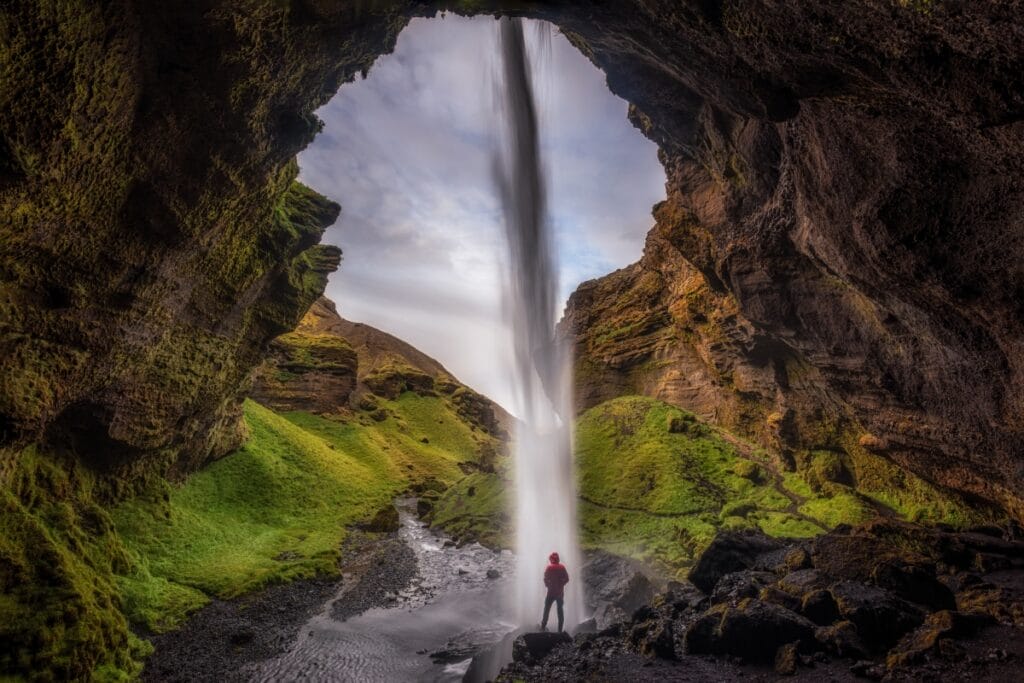
You get plenty of chances to set your eyes upon the beautiful cascading waterfalls that are now set amidst the long stretching greens on the mountains. Make it a point to visit all the popular spots like Seljalandsfoss (located in the south by route 1), Skógafoss (situated on Skógar), Gullfoss (also known as Golden Falls, situated in the canyon of the Hvítá river) or Goðafoss (located on the diamond route in north Iceland).
Puffin Migration
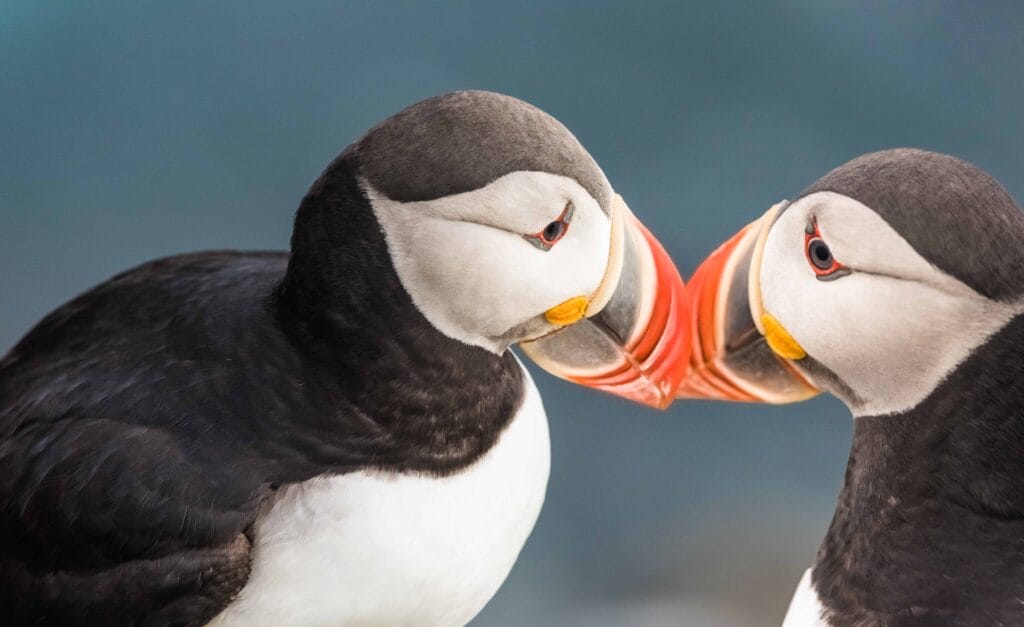
August is the last month when people get to see the puffins in Iceland. Puffins migrate to Iceland in April and stay till August for the nesting and breeding season. Látrabjarg cliff in the Westfjords, Westman Islands, Grímsey in the north, and Dyrhólaey on the South Coast are some of the ideal places, among others, to catch a sight of the puffins in their natural habitat for the season. While puffin does not get easily scared, make it a point to not startle the little birds over too close to their burrows. Puffins burrows in Iceland are not supposed to be a tourist site but you can enjoy the view from a safe distance – respecting the privacy and comfort of the wild birds.
Peak Season of Whale Watching
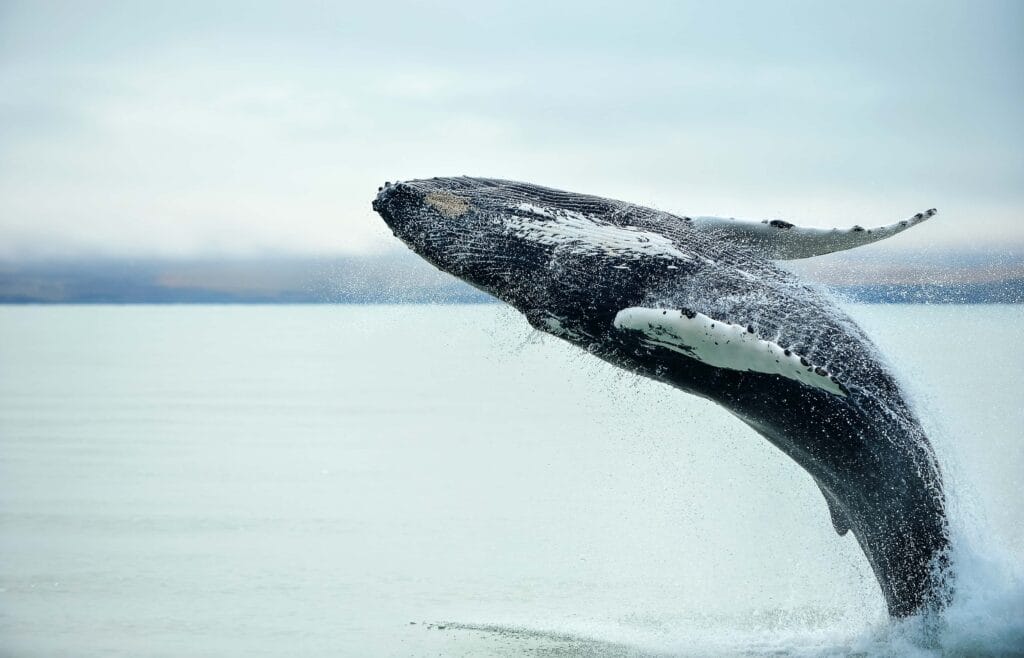
Along with puffins, the summer season invites many other animals including almost 20 different species of whales and dolphins. The swimming mammals come to the shores after their breeding season to feed near the shores where the public can catch a sight of the beautiful creatures. Whale watching is best enjoyed with a whale watching tour that takes out a boat with tourists a bit deeper into the ocean to get a close sight of the whales and dolphins. You have an option to choose your vessel which ranges from leisurely boats to speed boats. There is a chance that you will be able to see the whales from the coast if you do not want to go on a tour with other tourists.
Natural Hot Springs in August
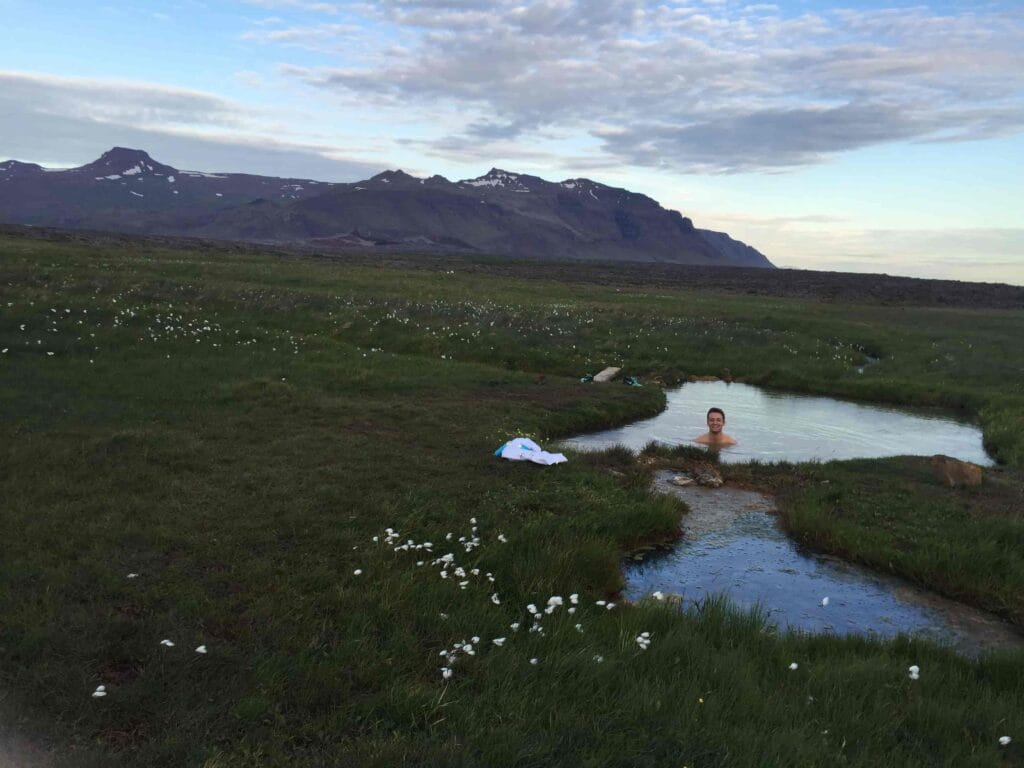
The natural hot springs of Iceland will wash off all the fatigue that you gather by touring around the country all day long. There are countless swimming pools in the country all around in which you can swim around or just unwind yourself after you have explored a sizable bit of the country. The Blue Lagoon is the world-famous spot when it comes to hot springs so make sure that you visit it without a miss. If you spend most of the time in the south of the country, the Secret Lagoon is a fine replacement for the Blue Lagoon. Myvatn Nature Baths, Fontana Geothermal Baths, and Geo Sea Baths are also some of the popular hot springs in Iceland.
See the Charms of Countryside

Since the snow has melted in August, the countryside gets a beautiful green shade all over the plains and the mountains. If you do not have enough time to hit the villages separately, then you can visit the ones which fall along the way when you take the golden circle tour. While there are 3 main attractions along the route, there are many other small places and villages you can stop by and rid yourself of the fatigue of the journey.
Best Day Tours to Take in Iceland in August
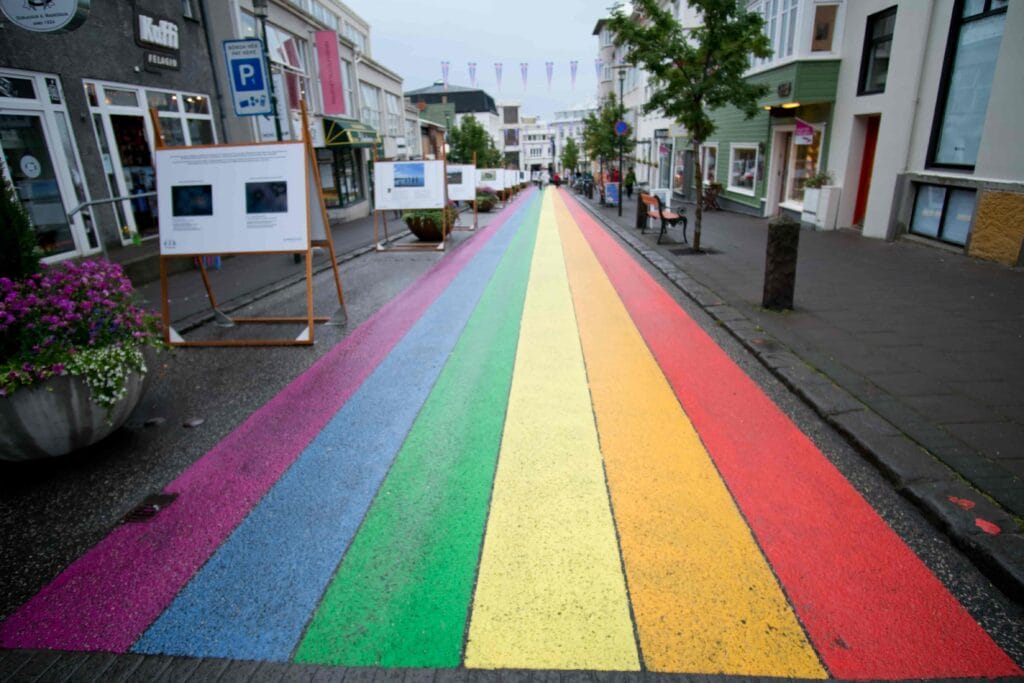
The Most Prominent Festivals to Attend
Reykjavik Pride Festival
Iceland’s gay pride festival is one of the greatest ones in the entire world. Almost 1/3rd of the country’s population come together to celebrate the love and pride of the LGBTQIA community. It is celebrated in the 2nd week of August and lasts throughout the weekend. The pride parade is honored and celebrated by people from all sexual orientations, ages, and gender. Iceland’s pride parade is also a rather special event as it is the only country in the world where the president himself addressed spectators and the participants of the 2016 pride parade. It makes Iceland the only country in the world to have experienced this. The celebrations include feasting, events, concerts, film screenings, drag performances, and other live shows.
Myrarboltinn in Isafjordur
European championship in Swamp Soccer or Myrarboltinn is one of its kind and is held in Ísafjörður in the Westfjords. It was imported from Finland in 2004 and has been a highlight of the sporting events of Iceland ever since. Any interested participants are allowed to formulate teams and sign up for the contest. The championship takes place in full-swing with banners, cheering, and parades. Teams play in pits of mud and all kinds of foul play are allowed as per the rule book of Swamp Soccer. While the matches take place in the mud pits, parties are going all around and people drink, eat and dance like there is no tomorrow. Tourists are always welcome to join the celebration and be a part of the championship.
Þjóðhátíð in the Westman Islands - the biggest festival in Iceland
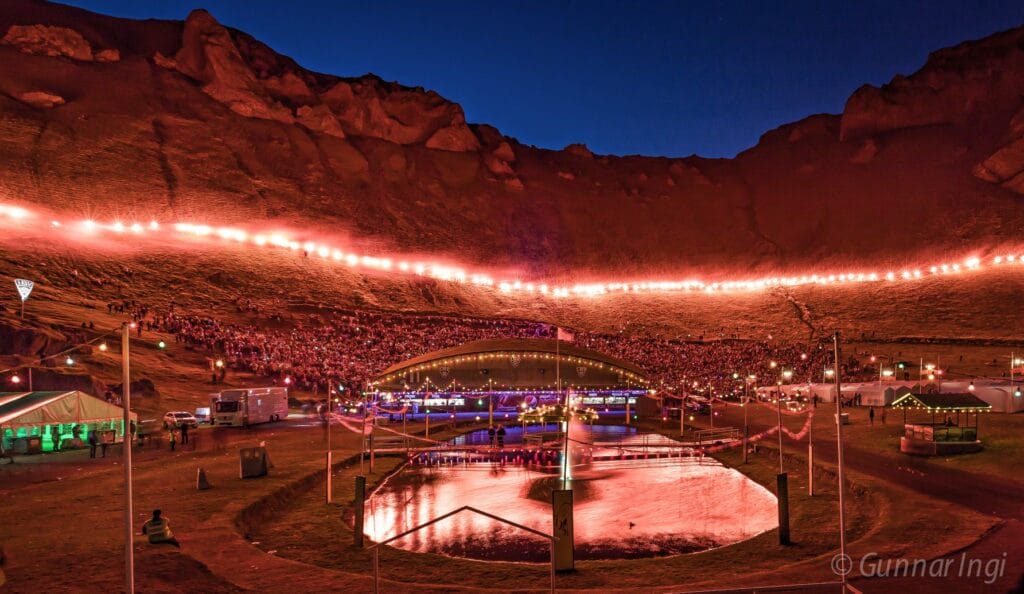
This is an annual festival that is held in the volcanic terrain of the Westman Islands. This festival has been a part of the Icelandic tradition for over a century. Initially, Þjóðhátíð included only sporting events but now it has turned into a huge open-air music festival with all top Icelandic musicians performing along with a magnificent display of fireworks. People move from the mainland and gather in the small fishing town of Heimaey Island to enjoy the festival and the events that encompass it along with a fabulous view of nature. Þjóðhátíð is a celebration of Icelandic medieval traditions and culture which will give you a great insight about the history of the country while you enjoy world-class banter and festivities.
Fiskidagurinn Mikli – The Great Fish Day
Fiskidagurinn is the biggest festival that honors the fishermen of the country. Iceland holds huge pride in the fisher of the country. It takes place on the weekend that comes after the weekend of the merchant. People gather together for live music, fireworks, and the best of all – a gigantic seafood buffet which is free of charge for all the attendees. The food is prepared by the townsfolk while the ingredients are supplied by the local fishermen. The Great Fish Day festival takes place in the municipality of Dalvík on the Tröllaskagi Peninsula.
Menningarnott - Reykjavik Culture Night
Another annual festival, Menningarnott takes place on Saturday that comes after the 18th of August. It is one of the biggest festivals in Iceland and is attended by almost the same amount of people as the Icelandic Independence Day. It is celebrated in the capital city of Reykjavik where the local townsfolk come together to create a one-night special cultural and art event. There is not one designated place for cultural and arts events. Most pubs, bars, museums, theatres, parks, streets, cafes, and restaurants are the venue themselves. The next nightfall is the biggest party of the year which consumes the whole of the capital city in its entirety. Reykjavik Cultural Night is the best place to get acquainted with the culture of Iceland and enjoy the crazy parties all in the scope of just 2 days.
Innipukinn, Ein Með Öllu, Sæludagar & Neistaflug
Coming first in line, Innipukinn is a music festival that is hosted on the merchants’ weekend in Reykjavik. The first Monday of August is observed as a bank holiday in Iceland and hence the weekend before that Monday is celebrated as Merchant’s Weekend. Several different festivals are held during this time in Iceland – each one more fabulous than the other. Innipukinn music festival is a mixture of live music concerts, food, drinks, and banter.
Moving a bit towards North, Akureyri, the northern capital of Iceland, hosts Ein með öllu on the first weekend of August. Ein með öllu or One with All is a bundle of sporting events, competitions, live music, carnivals, and other outdoor activities among delicious food and drinks.
Sæludagar is a festival organized in the spirit of summer camps in Vatnaskógur. Children – citizens or tourists are welcome to participate in the festival at any time. Here you can have your kids enjoy some special games, learn some things and enjoy a full weekend by themselves.
Held in the town of Neskaupstaður, Neistaflug is another festival dedicated to the fishermen of Iceland. It is a family-friendly fest with music, food, entertainment, fly fishing tournaments, and golf.
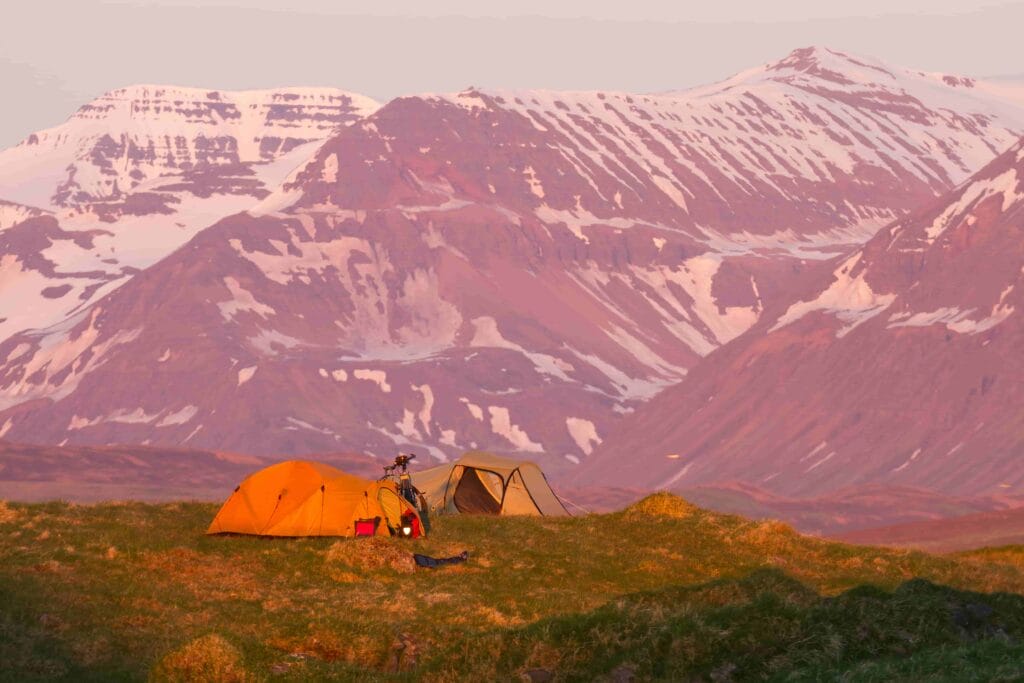
What to pack for your trip to Iceland in August
August is a very beautiful time to visit Iceland – the weather is warm and soothing. The air can still be chilly but not freezing. Although the countryside can feel a bit colder as compared to the city. So, make it a point to pack all the essentials with you so that you are prepared for every situation.
Essential Outerwear
- Waterproof pants and jackets for hiking
- Woolen hats/protective headgear
- Woolen/ warm jackets for casual wear
- Scarves to protect the neck from crisp winds
- Warm Gloves
Extra Inner Layers
- Shorts, t-shirts and other casual outfits as day wear
- Fleece or woolen sweaters for night outs
- Cotton t-shirts/shirts to prevent skin allergies
- Leggings/casual pants/jeans for events
- Swimsuit – to take a dip in hot springs
Footwear
- Waterproof Hiking Boots
- Casual Shoes/Sandals/Flip Flops for casual wear and comfort
- Warm Socks
Additional Important Picks
- Soap, bath towels, shampoo, face washes, and other toiletries
- Gadgets like phones, tablets, chargers, and travel adapters
- Reusable water bottles and thermos
- Cameras gear for photography
- Mosquito head net
- Batteries, flashlight, power bank
- Rain covers (for bags)
- Sunglasses
- Sleep mask
- Prescribed medicines and over the counter drugs
- Water bottle
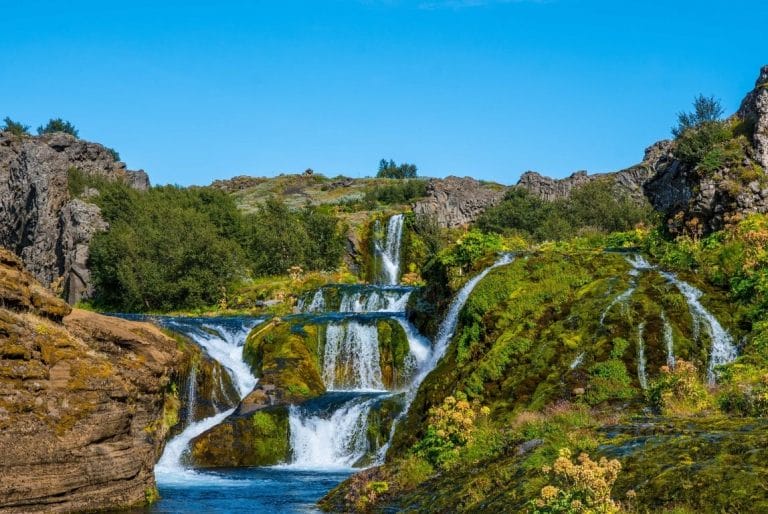
We hope this article about Iceland in August will help you figure out if it’s the best month for you to visit Iceland or not.
We would love to hear your thoughts. Tell us about your tips and tricks to when it comes to planning a trip to Iceland.
It would be perfect if you let us know about your favorite locations from your trip. It’s even better if they are hidden gems that you would like to share with the rest of us.
Leave your comments and questions below and we will happily answer all of them

